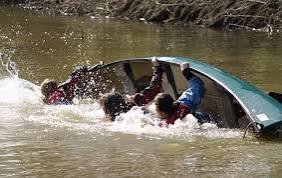Spaceflight is anything but safe, and the quest to explore the final frontier comes with huge risks for the astronauts leading the charge. But has spaceflight actually cost people their lives?
Yes, 21 people have died in space, Nigel Packham, NASA’s associate director of safety and mission assurance, told Live Science.
Five spaceflight missions — three by NASA and two by the Soviet Union — have ended in fatalities. “The accidents are usually a combination of unusual circumstances, equipment error, human error, politics and management,” said Jim Hermanson, a professor of aeronautics and astronautics at the University of Washington in Seattle.
The two deadliest disasters involved NASA space shuttle missions. In January 1986, space shuttle Challenger exploded 73 seconds into launch, killing its seven-person crew, including Christa McAuliffe, a New Hampshire teacher on board as part of NASA’s Teacher in Space Project. The accident was the result of unusually cold temperatures at Cape Canaveral, which caused some of the rocket’s sealants to lose flexibility.
“Hot gas leaked out and burned into the propellant tank and caused a massive explosion,” Hermanson told Live Science. Management was also partially to blame, as leadership proceeded with the launch against the warnings of some NASA engineers, he added.
Another deadly spaceflight accident occurred in February 2003, when space shuttle Columbia broke up during reentry, killing the seven crewmembers. Until the Columbia disaster, “re-entry, descent, and landing were thought to be very benign” parts of spaceflight, Packham said, especially when compared with the extremely violent launch conditions. Columbia sustained damage during launch, when a piece of foam insulation broke off — something that happened during almost every launch before and after Columbia, said Packham, who helped investigate the disaster’s cause. But in this case, the foam struck the shuttle’s wing, damaging it. The damaged wing couldn’t sustain the high temperatures it experienced upon reentry, which caused the ship to disintegrate.





